)
India is home to a rich diversity of landscapes, and its waterfalls are among the most mesmerizing natural wonders you can explore. From cascading falls in lush forests to towering drops in the mountains, these waterfalls offer stunning views and a chance to experience the natural beauty of the country. Here are eight of the most unique and breathtaking waterfalls in India that you must visit for a truly unforgettable experience.
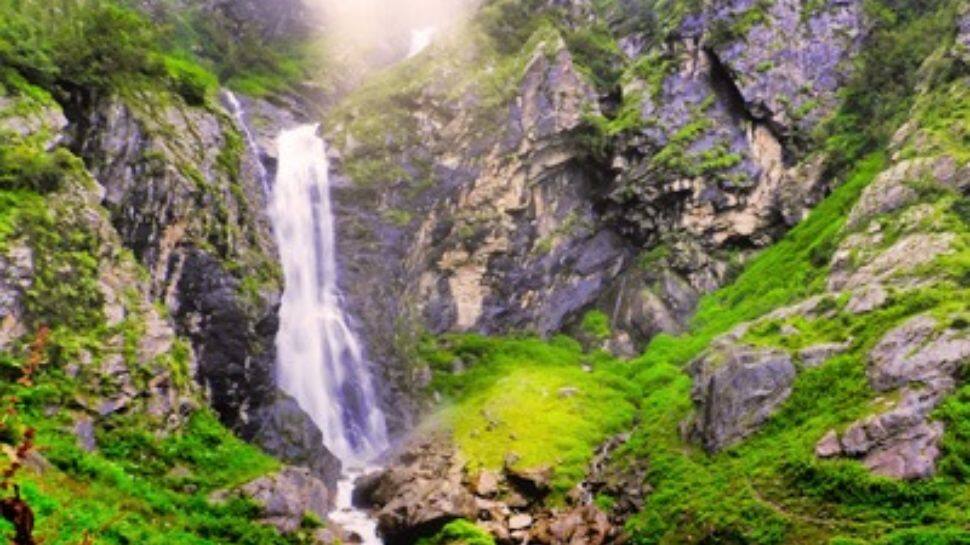
Why It’s Unique: Located in the pristine Nanda Devi Biosphere Reserve, the Nanda Devi Waterfall is a hidden gem surrounded by towering peaks and dense forests. It’s a relatively lesser-known waterfall that offers serenity and an escape from the usual tourist spots.
What Makes It Special: The waterfall is nestled in an idyllic setting, surrounded by the rich flora and fauna of the region. Its remote location adds to its charm, making it a perfect destination for those seeking solitude and natural beauty.
Best Time to Visit: The best time to visit is between March and June, when the weather is pleasant and the flow of the waterfall is at its peak.(IMAGE CREDIT - UTTARAKHAND TOURISM/ WEBSITE)
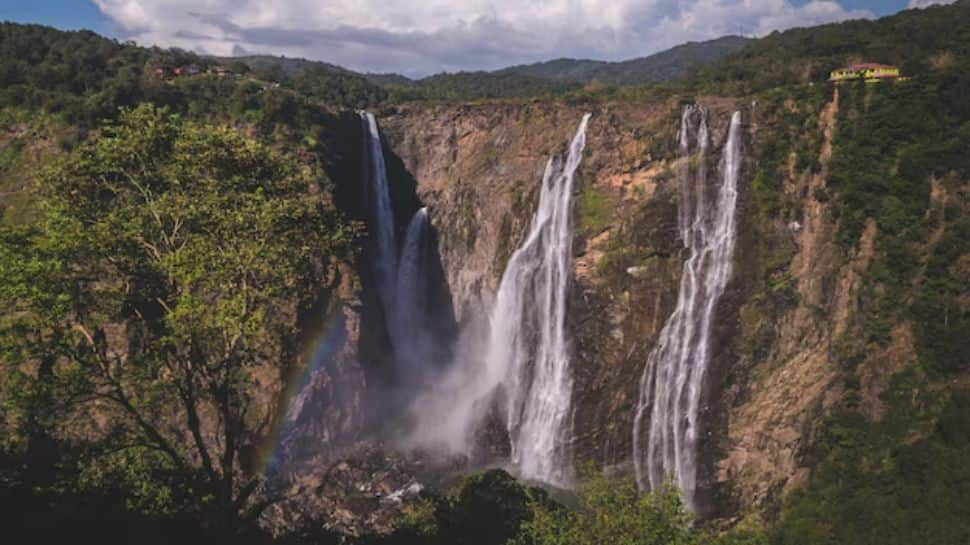
Why It’s Unique: Jog Falls, located in the Western Ghats, is one of the highest and most powerful waterfalls in India, with a total height of 253 meters. What makes it unique is its four distinct streams—Raja, Rani, Rover, and Laxman—each cascading down the cliffs in a spectacular fashion.
What Makes It Special: The waterfall is an impressive sight, especially during the monsoon when the water flows with full force. The sound of the roaring water combined with the surrounding greenery makes it a truly breathtaking experience.
Best Time to Visit: Monsoon season (June to September) is the best time to witness the waterfall in its full glory, though visiting during the winter months (October to February) offers a more relaxed experience.
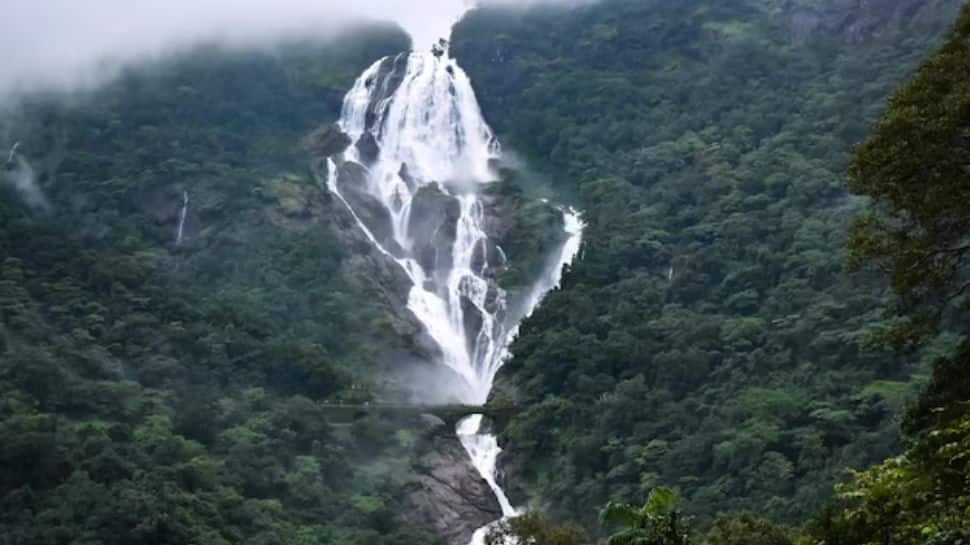
Why It’s Unique: Dudhsagar, which translates to "Sea of Milk," is one of the tallest waterfalls in India, plunging from a height of 310 meters. Its unique name comes from the way the waterfall appears like milk flowing down the rocks, especially when it’s in full force.
What Makes It Special: Located in the Bhagwan Mahavir Wildlife Sanctuary, Dudhsagar is a spectacular sight, especially during the monsoon. The surrounding forest and the railway track that runs near the waterfall add to its charm.
Best Time to Visit: Monsoon (June to September) is the best time to witness the beauty of Dudhsagar Waterfall, but visiting in the winter months allows for safer access.
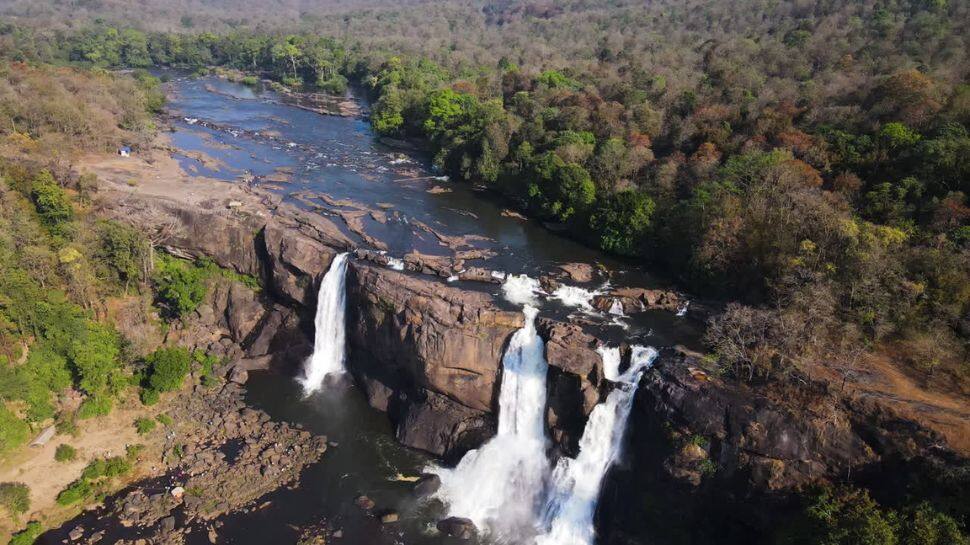
Why It’s Unique: Often referred to as the "Niagara of India," Athirappilly Waterfall is located in the lush, green landscapes of Kerala. The waterfall cascades down from a height of 80 feet, surrounded by tropical rainforests and hills, making it one of the most picturesque waterfalls in the region.
What Makes It Special: Athirappilly is not just about the waterfall itself but also the stunning landscape that surrounds it. The area is rich in biodiversity, and the waterfall is often visited by travelers looking to experience both nature and wildlife.
Best Time to Visit: The best time to visit Athirappilly is during the monsoon (June to September), when the water flow is at its highest, though winter months (October to February) offer a more serene experience.
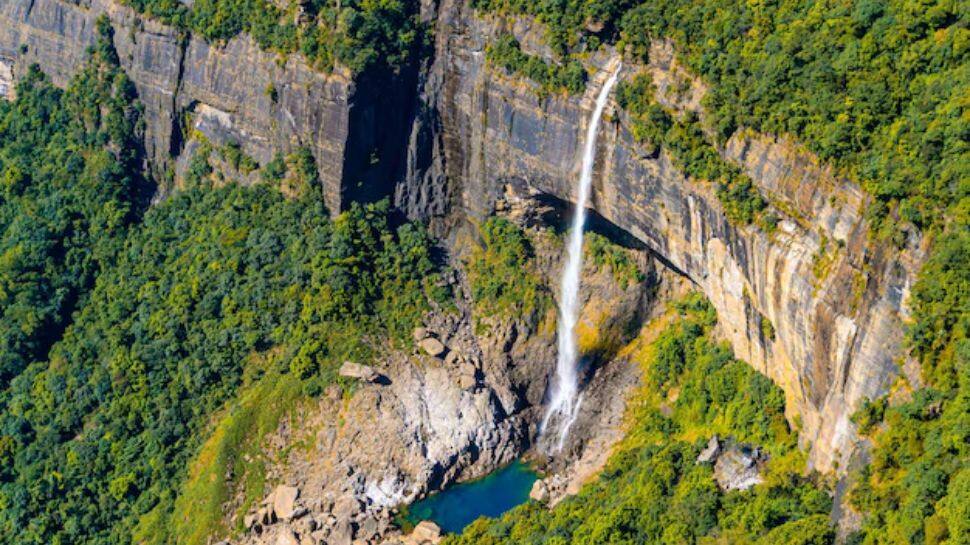
Why It’s Unique: Nohkalikai Falls is the tallest waterfall in India, plunging an impressive 340 meters into a deep, green pool below. Situated in Cherrapunji, known for its heavy rainfall, the waterfall is a majestic sight surrounded by lush forests.
What Makes It Special: Nohkalikai is unique due to its sheer height and the emerald-colored pool formed at the base, which looks otherworldly. It’s also surrounded by folklore, making it a fascinating destination both for its natural beauty and its cultural significance.
Best Time to Visit: The best time to visit Nohkalikai is during the monsoon season, between June and September, when the waterfall is in full flow.
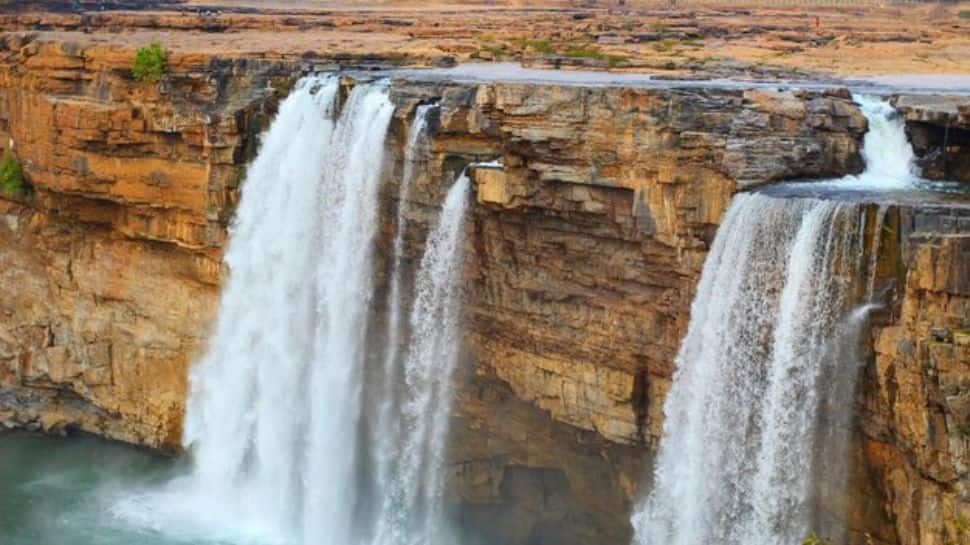
Why It’s Unique: Chitrakote Waterfall is often referred to as the "Niagara of India," not just because of its size but because of its stunning horseshoe shape. It is the widest waterfall in India, and the cascade is particularly mesmerizing during the monsoon season when the water flow is at its peak.
What Makes It Special: The fall flows in a unique semi-circular shape, and the water descends with a loud roar, making it a majestic sight to behold. The surrounding landscape, with its dense forests and rocky terrain, further adds to its beauty.
Best Time to Visit: Monsoon season (June to September) is the best time to visit for the full grandeur of the waterfall. However, the months of October to March offer a more peaceful and accessible experience.
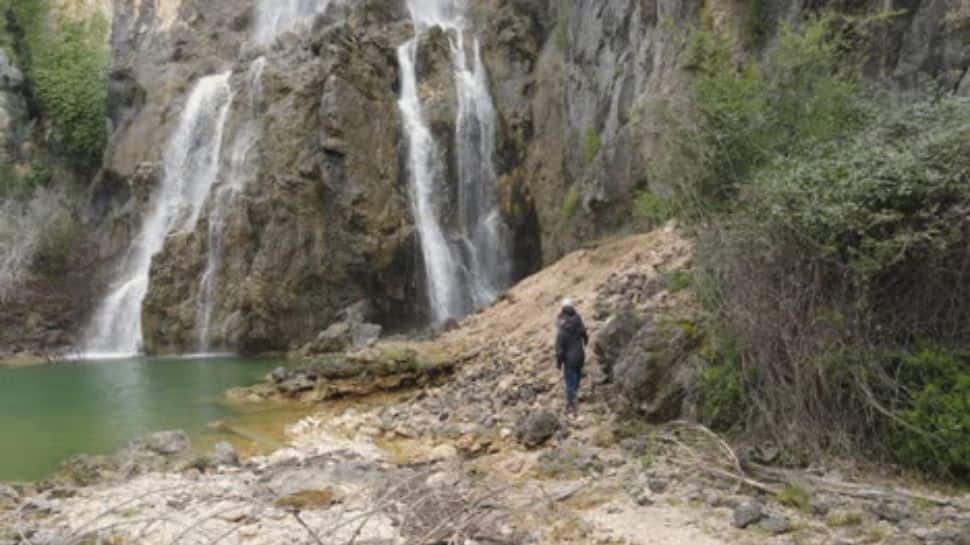
Why It’s Unique: Sangla Valley, located in the Kinnaur region of Himachal Pradesh, is known for its breathtaking landscapes, and one of its standout features is a waterfall nestled in the valley. Unlike the large, famous waterfalls, this one is more secluded and offers a peaceful retreat.
What Makes It Special: The Sangla Valley Waterfall is surrounded by majestic mountains and dense forests, offering a perfect mix of tranquility and adventure. The valley is also less crowded, making it an ideal spot for those looking to escape the usual tourist crowds.
Best Time to Visit: The best time to visit Sangla Valley Waterfall is during the summer months (April to June) and in autumn (September to November), when the weather is pleasant and the valley is lush and green.

Why It’s Unique: Banjakri Falls is one of Sikkim’s most well-known and beautiful waterfalls. It is located in a lush, forested area and has a strong connection to the local folklore. According to legend, Banjakri is the home of a shaman who once lived in the forest, and the falls were believed to be his sacred place.
What Makes It Special: The combination of the falls, the surrounding forest, and the rich cultural history of the area makes Banjakri Falls a truly unique destination. The waterfall is also easily accessible and has a well-maintained park around it.
Best Time to Visit: The best time to visit Banjakri Falls is during the summer (April to June) and autumn (September to November) when the weather is pleasant, and the area is not too cold or rainy.
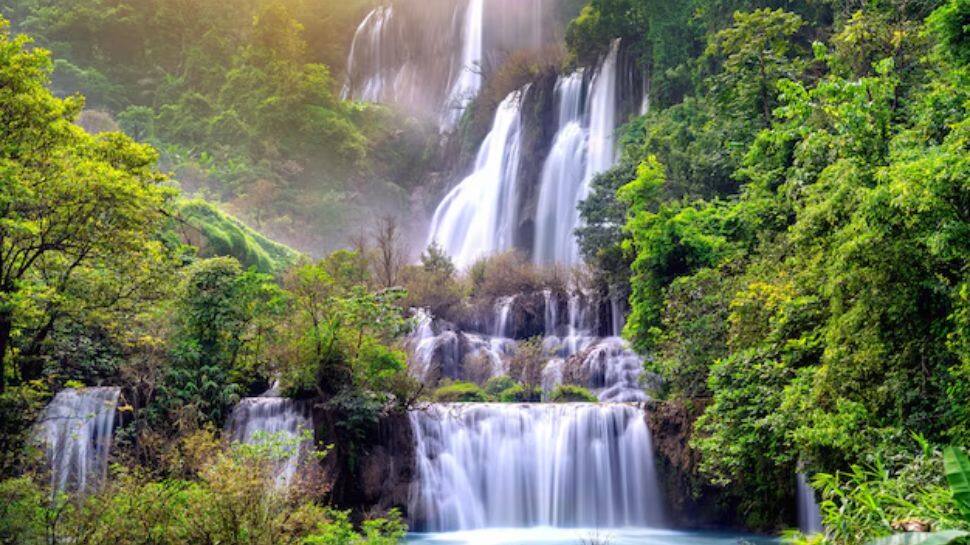
From the roaring cascades of Jog Falls to the serene beauty of Banjakri Falls, India’s waterfalls are as diverse as they are spectacular. Whether you’re looking for a peaceful retreat in the wilderness or an adventurous journey through the mountains, these waterfalls offer breathtaking views and experiences. Make sure to plan your visit to these stunning natural wonders for an unforgettable experience in the heart of nature.